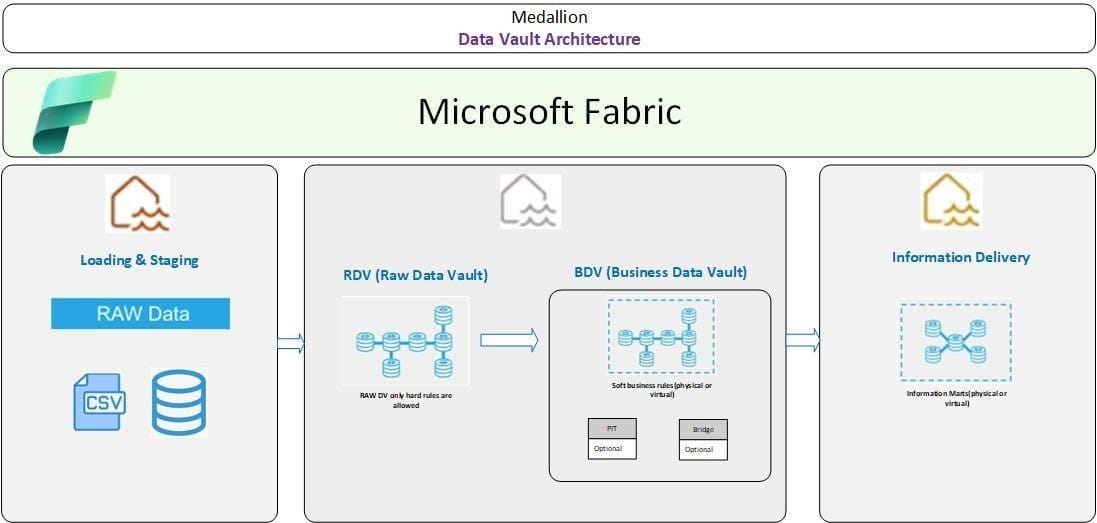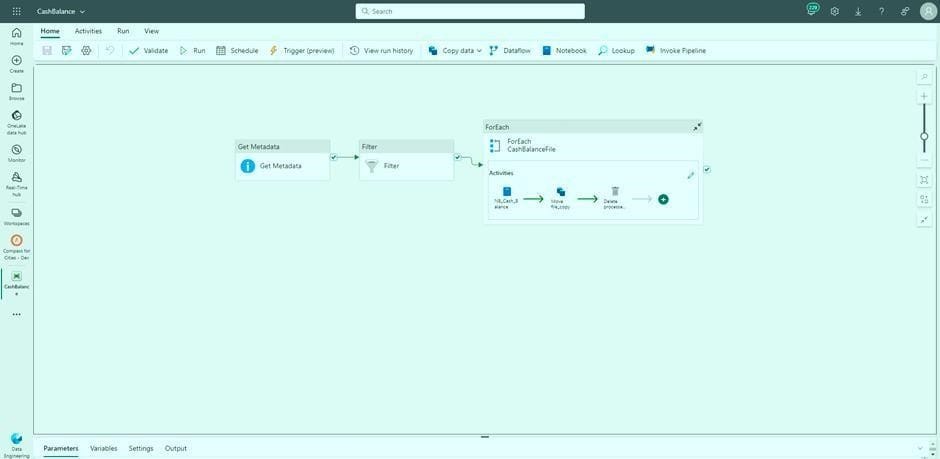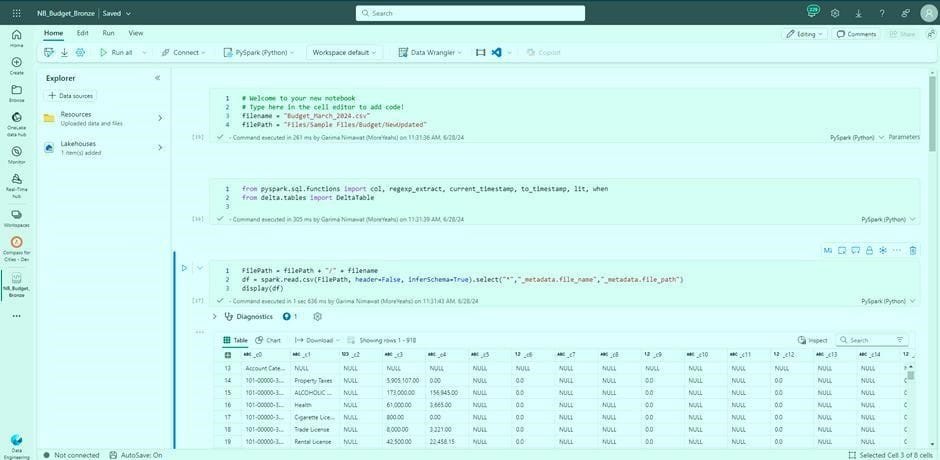Professional Services
Mid-market enterprise with national presence
50,000+ invoices annually
Finance, Operations, Procurement, Accounts Payable
A leading enterprise partnered with Xylity to transform their invoice processing system using Microsoft Fabric service. This case study demonstrates how we revolutionized their work-in-progress (WIP) tracking system, eliminating manual processes and creating a real-time, automated solution that significantly improved operational efficiency.
The client faced multiple critical challenges in their invoice processing system:
Operational Inefficiencies:
Visibility Issues:
Process Management:
Strategic Approach
Xylity implemented a comprehensive WIP Tracking solution in three phases:
Phase 1: Analysis and Design (6 weeks)
Phase 2: Development (16 weeks)
Phase 3: Deployment (8 weeks)

Technology Stack Details
Microsoft Fabric Components:
Additional Technologies:
Technical Architecture
Data Layer:
Processing Layer:
Presentation Layer:


Process Automation:
Tracking Capabilities:
Integration Features:
Quantitative Results:
Qualitative Improvements:
Financial Benefits:
Planned enhancements include: